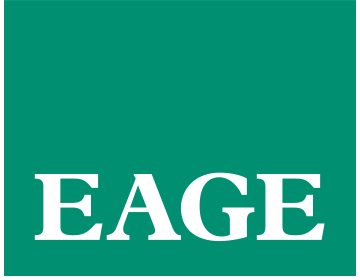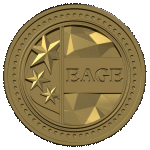Happy 2023! For their first newsletter of the year, the EAGE A.I. Committee is sharing their highlights of 2022 and wishes you a fantastic year ahead!
As a group of EAGE members and volunteers, the EAGE A.I. Committee is dedicated to helping you navigate the digital world and finding the bits that are most relevant to geoscientists.
You are welcome to join EAGE or renew your membership to support the work of the EAGE A.I. Community and access all the benefits offered by the Association.
EAGE Membership Benefits: Join or Renew
Curious to know all EAGE is doing for the digital transformation?
Visit the EAGE Digitalization Hub
![]()
Data Science Highlights in 2022
Contributed by: Ashley Russell
![]()
Outside of the energy industry I was quite impressed by some of the improvements in natural language processing applications which are getting closer and closer to “human” conversation. Humor is one of the most human things that of course a machine should not be able to grasp – and no they still can’t tell jokes, but Google this year did release PaLM which does a quite good job of explaining jokes. Read more here.
In the same vein, we all got psyched out this year when a Google machine learning engineer thought he had created sentient life from his chatbot. Regardless, the technology on understanding and replicating human communication is advancing quickly.
Within the energy industry, it is clear to me that a lot of focus is on industry-wide data efforts – from OSDU and the Industry 4.0. There are has been major advancement in both this year, including implementation of OSDU into working oil and gas assets. Although this is not a data science story – the capability to do data science across our businesses is only enabled by quality labelled standardized data.
![]()
A Journey in Machine Learning from 2022 and a Path Forward for 2023
Contributed by: Jan van der Mortel
![]()
Highlight is in short, starting to build a better understanding of probability, both in concept and some of its’ many applications in Machine Learning.
Without going in too much detail, the plan forward is to build out this knowledge the coming year and beyond, with particular attention to recent developments in normalizing flows, and adding graph type networks into the mix.
Although (or because of) many of the basics being a bit harder to fully grasp, I believe this can be an underpinning of many future developments / advancements in Machine Learning.
![]()
Highlights in AI in 2022
Contributed by: Lukas Mosser
![]() 2022 has been a transformative year for machine learning, and AI.
2022 has been a transformative year for machine learning, and AI.
My personal highlights from this year have been diffusion models, which have completely redefined what is possible with generative models, and how they can be integrated with other modeling approaches such as natural language processing.
Here you can find the in my opinion three most important advances in diffusion models this year:
My personal second highlight came very late in 2022, which is ChatGPT. When I first started interacting with the system I was truly speechless. Of course, this is a language model, of course this is still predicting the most likely word given the context, but the fact that a system can be created that interacts in such a natural manner, with many reasonable and potentially useful insights to be gained, really changed my personal outlook on the whole field. In a positive way, seeing the potential benefits, and also in a negative, seeing the potential unexpected harm that can be achieved.
If you haven’t tried it, I highly suggest you give ChatGPT a spin. Ask it about some subsurface topics; you’d be surprised to see just how deep the rabbit hole goes.
![]()
Discover EAGE Learning Resources on A.I. and machine learning
EAGE Digitalization Conference 2023
This newsletter is edited by the EAGE A.I. Committee.
| Name | Company / Institution | Country |
|---|---|---|
| Anna Dubovik | WAIW | United Arab Emirates |
| Jan H. van de Mortel | Independent | Netherlands |
| Jing Sun | TU Delft | Netherlands |
| Julio Cárdenas | Géolithe | France |
| George Ghon | Capgemini | Norway |
| Lukas Mosser | Aker BP | Norway |
| Oleg Ovcharenko | NVIDIA | United Arab Emirates |
| Nicole Grobys | DGMK | Germany |
| Roderick Perez | OMV | Austria |
| Surender Manral | Schlumberger | Norway |






